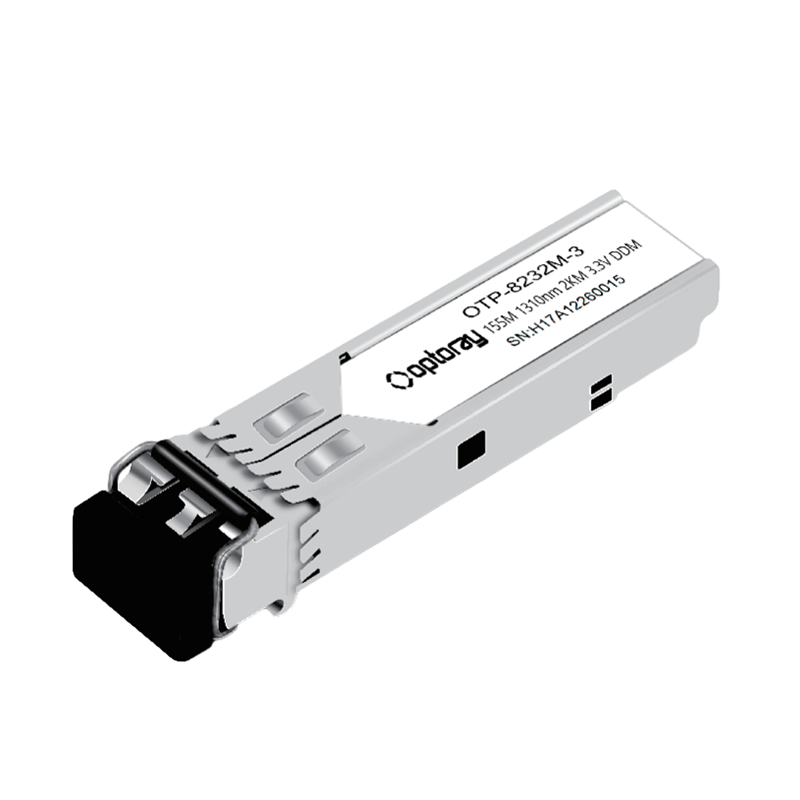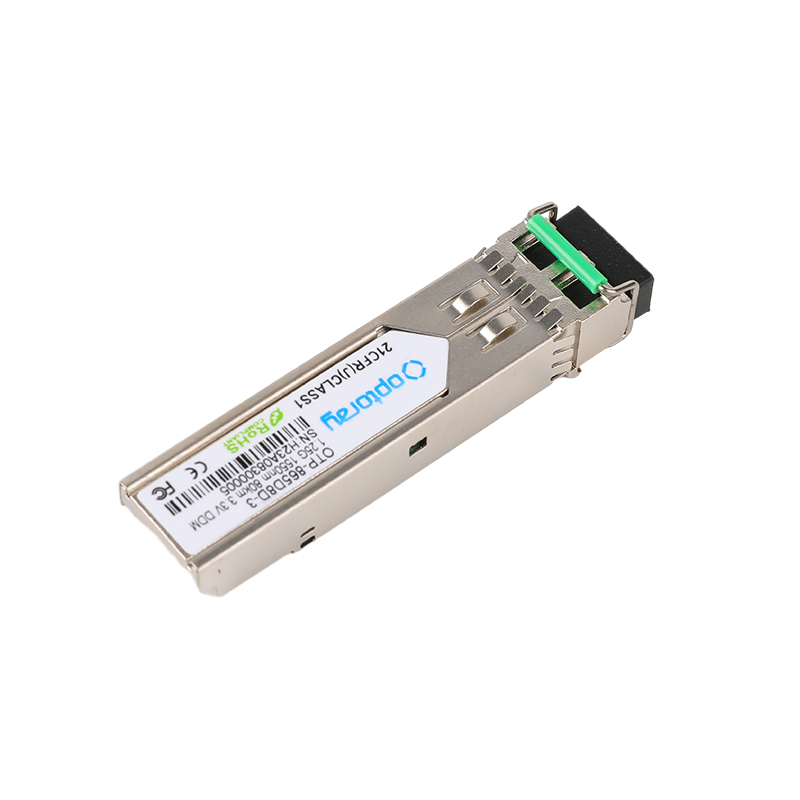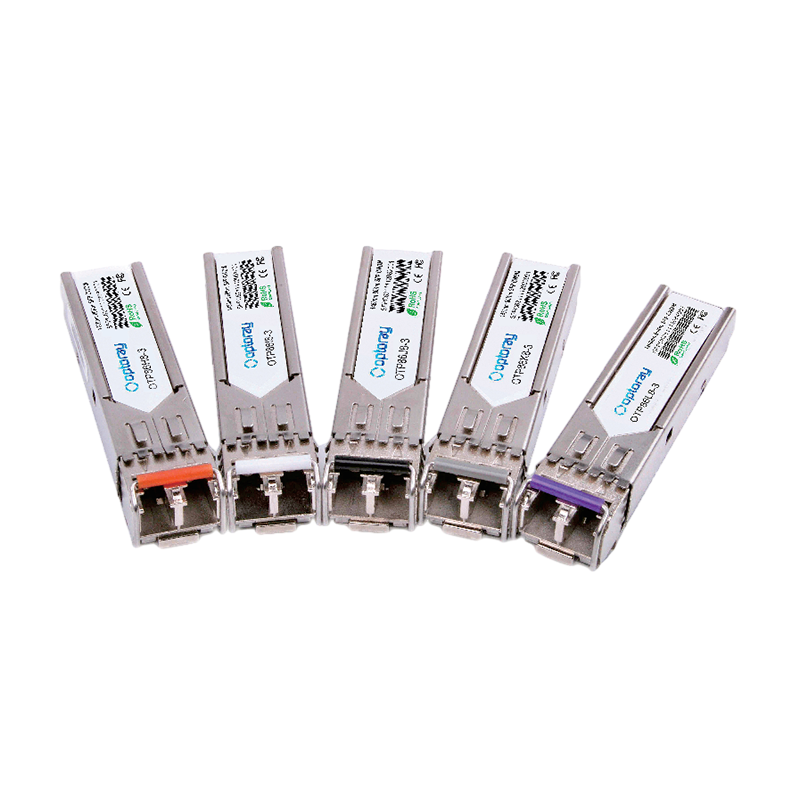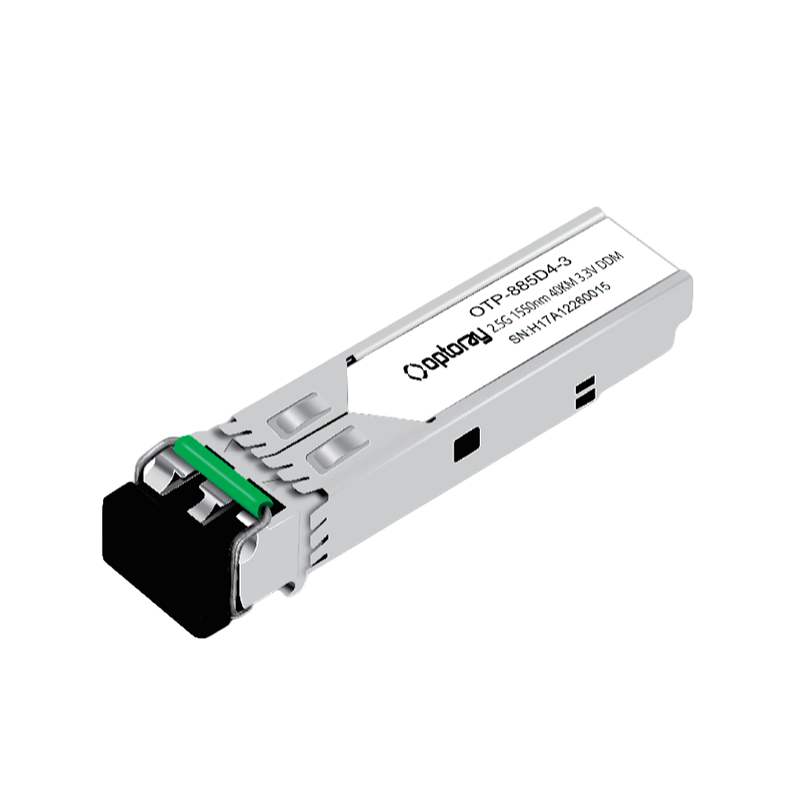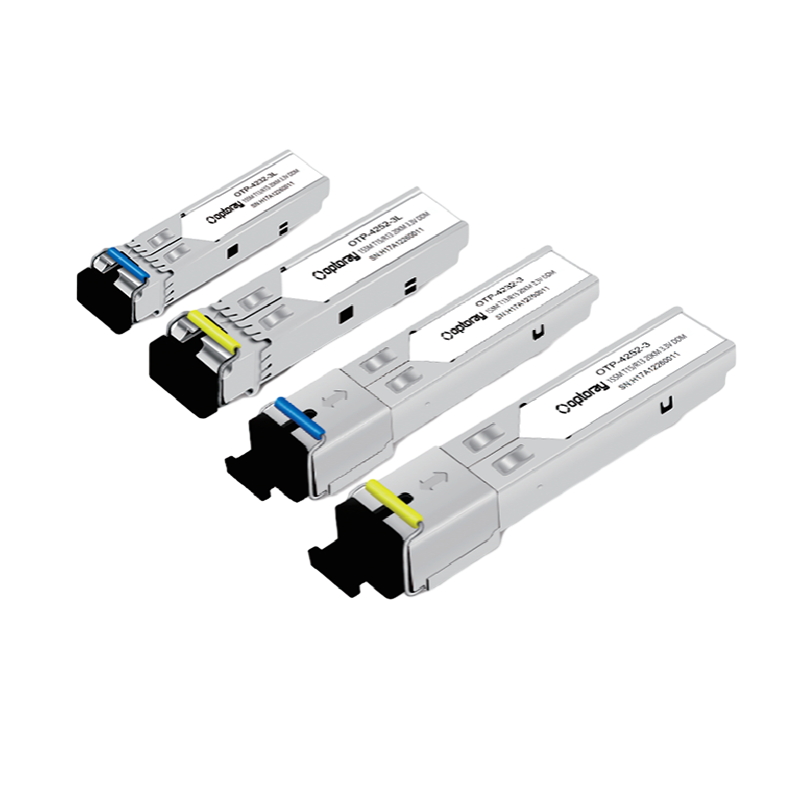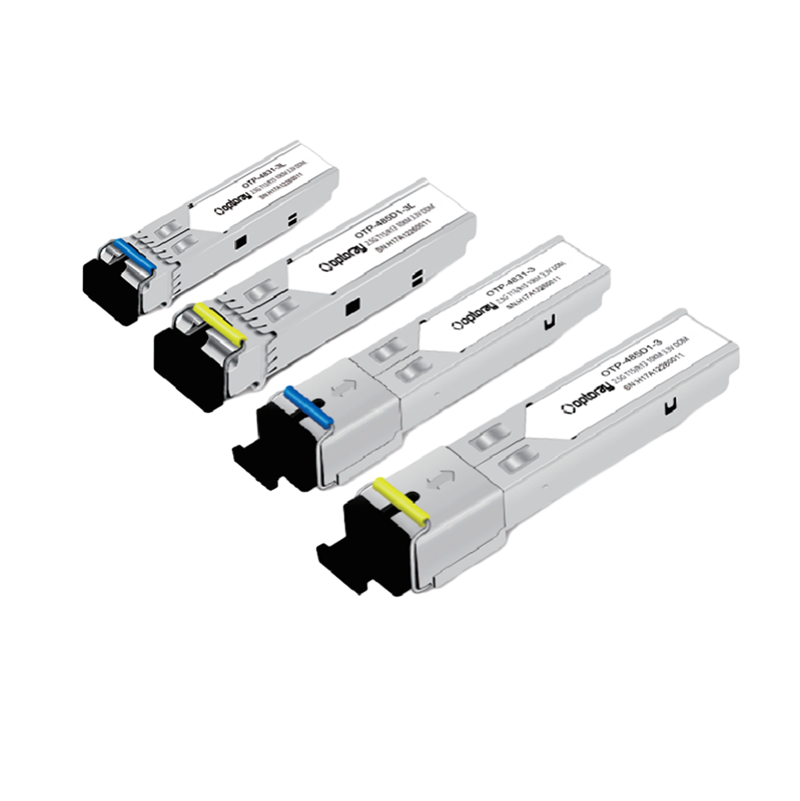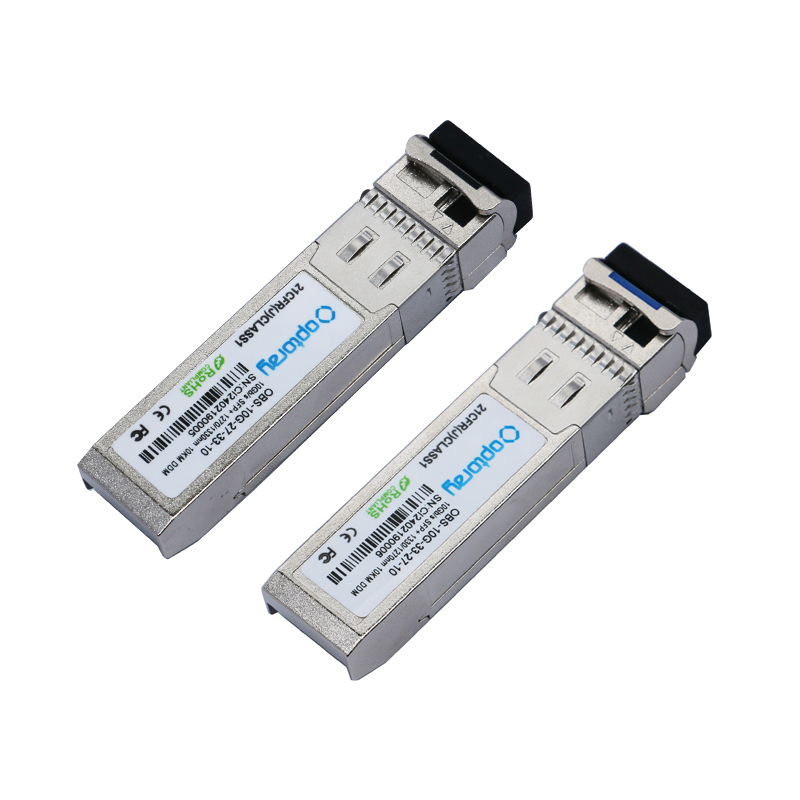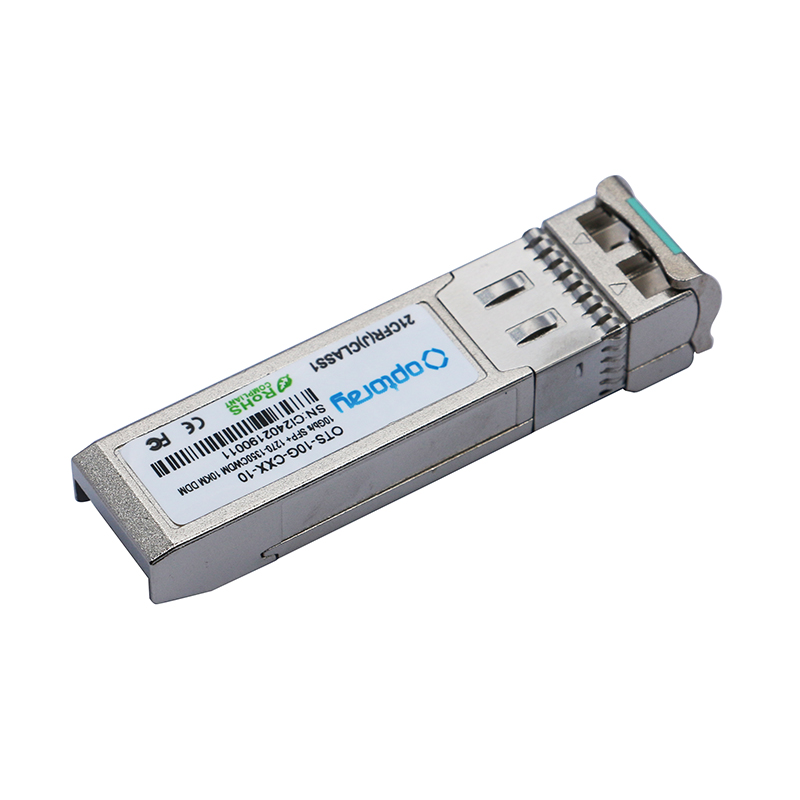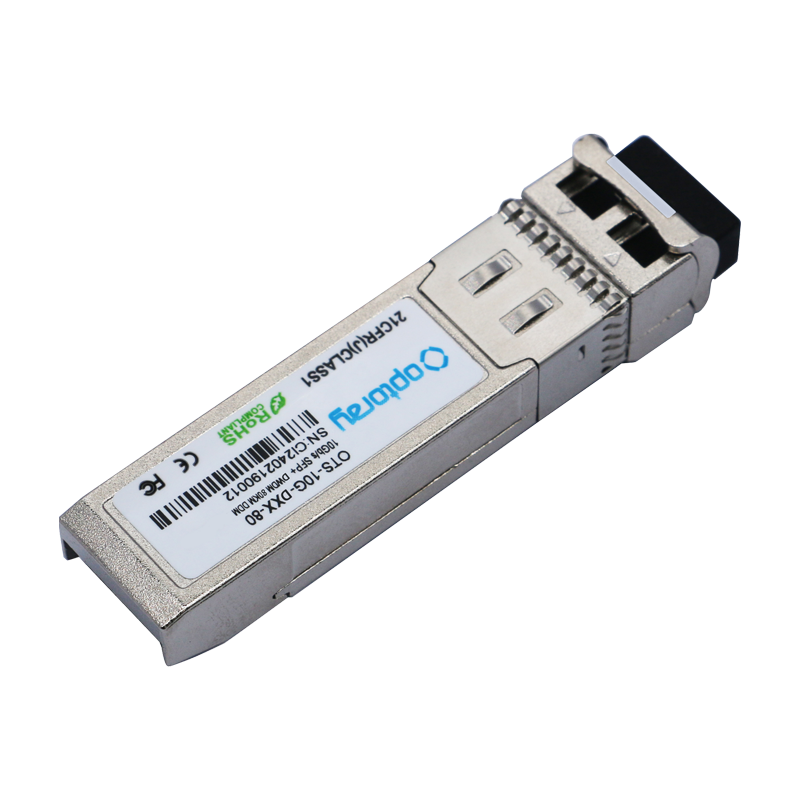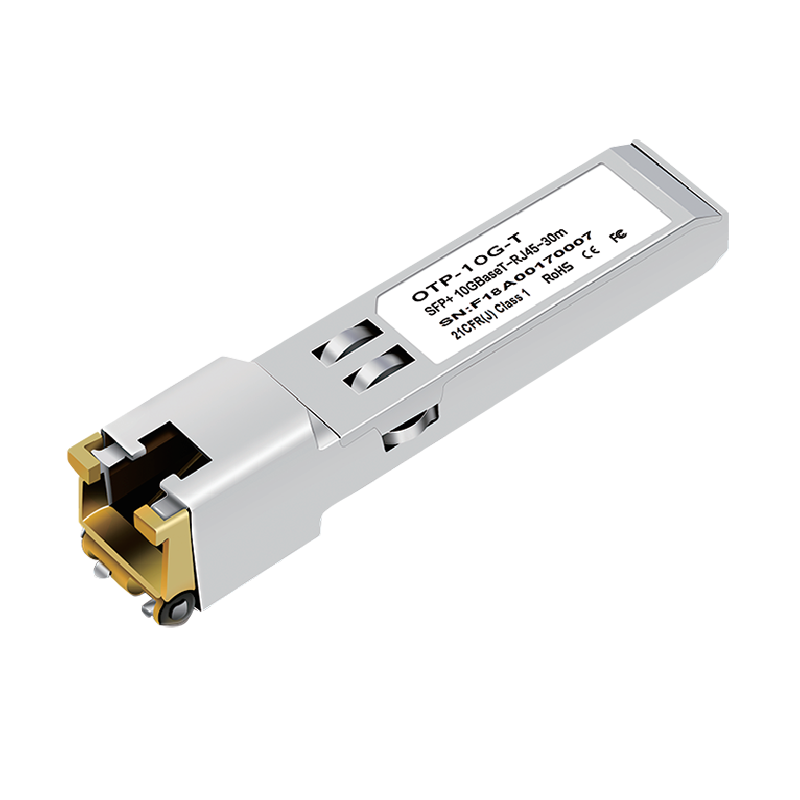+86-0559-5290604
Optical Transceiver: A Core Component for Information Transmission
In an era of rapid advancements in information technology, the services we rely on, such as the internet, cloud computing, and big data, all rely on a crucial electronic component: the optical transceiver. An integrated optical transceiver, it performs the crucial task of converting electrical signals into optical signals within fiber-optic communication systems. Without optical transceivers, electrical signals would be impossible to transmit over long distances and at high speeds through optical fibers, and modern communication networks would be impossible.
Optoelectronic Conversion: How Optical Transceivers Work
The core function of an optical transceiver lies in its bidirectional conversion mechanism: optical-to-electrical conversion at the transmitting end and electrical-to-optical conversion at the receiving end.
To transmit signals, an optical transceiver receives electrical signals from network devices (such as switches or routers). These electrical signals pass through an internal driver IC, precisely controlling a semiconductor laser. The laser rapidly switches on and off at an extremely high frequency based on the digital information in the electrical signal, converting the "0" and "1" signals in the electrical signal into light pulses of varying intensities. These light pulses are then focused and coupled into the optical fiber for long-distance transmission. This process converts electrical signals into optical signals.

During signal reception, an optical module receives optical signals transmitted from an optical fiber. These weak light pulses are detected by an internal photodetector, typically a PIN photodiode or avalanche photodiode (APD). Its function is to convert the optical signal into an electrical signal. This electrical signal is then amplified by a transimpedance amplifier (TIA) and shaped by a limiting amplifier (LA), restoring it to a digital signal consistent with the original signal for transmission to downstream network equipment. This process completes the conversion of the optical signal into an electrical signal.
Performance Advancement: From Low Speed to Ultra-High Speed
The technological evolution of optical modules is a story of continuous pursuit of higher speeds, longer distances, and lower power consumption.
Early optical modules had low data rates and were primarily used in short-distance, low-bandwidth communication scenarios. With the widespread adoption of the internet and the surge in data traffic, higher demands have been placed on the speed and performance of optical modules. Technological innovations are primarily reflected in the following areas:
Modulation technology: To increase transmission speeds without increasing baud rates, optical modules have evolved from traditional non-return-to-zero (NRZ) modulation to four-level pulse amplitude modulation (PAM4). PAM4 modulation can transmit two bits of information per clock cycle, doubling the transmission rate compared to NRZ and becoming the mainstream technology for high-speed optical modules.
Core optical components: To support higher speeds and longer distances, the lasers and photodetectors in optical modules are continuously upgraded. For example, electro-absorption modulated lasers (EMLs) are used to meet high-speed requirements, while avalanche photodiodes (APDs) are used to improve receiver sensitivity, enabling longer-distance transmission.
Coherent optical communication: For ultra-long-distance and high-capacity backbone network transmission, optical modules utilize coherent optical communication technology. This technology modulates information using multiple dimensions of light, such as amplitude, phase, and polarization, and uses digital signal processing (DSP) chips for complex demodulation, significantly increasing transmission distance and capacity.
Package Form: Diverse Application Adaptability
Optical modules have more than one package form factor. Various standards have evolved based on different speeds, sizes, power consumption, and application scenarios. These package forms determine the physical form factor and interface type of the optical module.
Common package forms in the industry include SFP, SFP+, QSFP, QSFP28, OSFP, and CFP. These naming conventions generally reflect the speed rating and number of channels of the optical module. For example, SFP+ is commonly used for 10G speeds, while QSFP28 is commonly used for 100G speeds and uses a four-channel design.
A package is more than just a shell. It integrates complex optoelectronic devices, driver circuits, and control chips. The package's structural design must consider heat dissipation, as high-speed optical modules consume high power. Efficient heat dissipation is critical to ensuring long-term stable operation.

The optical interface of an optical module is also crucial. For example, the LC interface is commonly used in small optical modules due to its compact size. The MPO interface, on the other hand, can integrate multiple fibers into a single interface, making it suitable for high-density, multi-channel optical modules, such as those used in data center internal connections.
With the full deployment of 5G, cloud computing, and the Internet of Things, the demand for optical modules will continue to grow. Future optical modules will be more than just simple photoelectric conversion devices. They will be deeply integrated with network equipment and even integrate more intelligent functions, becoming the core supporting future network infrastructure.



 English
English русский
русский


